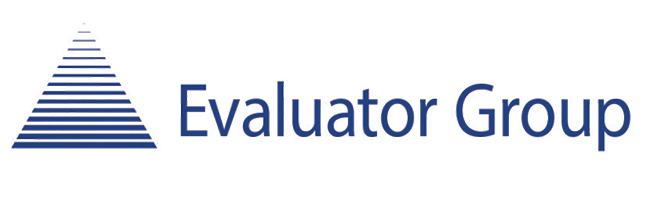Launching a new website is an exciting venture, but it’s crucial to have a robust marketing strategy in place to ensure it reaches its intended audience. With cloud-based tools and services at your disposal, marketing your new website can be both efficient and effective. Here are some strategies to consider:
Leverage Cloud Analytics:
Data-Driven Insights: Cloud-based analytics platforms like Google Analytics provide invaluable insights into your website’s performance. Track visitor behavior, demographics, and engagement metrics to fine-tune your marketing efforts.
SEO Optimization: Use cloud-based SEO tools to optimize your website’s content and structure. Identify relevant keywords, monitor rankings, and ensure your site is search engine-friendly. Legal professionals may even seek law firm marketing services to optimize their web presence.
Social Media Marketing:
Content Scheduling: Cloud-based social media management tools like Hootsuite and Buffer allow you to schedule posts, ensuring a consistent online presence. Create engaging content that promotes your website’s value.
Paid Advertising: Platforms like Facebook Ads and Google Ads offer cloud-based advertising solutions. Target specific demographics, interests, and behaviors to reach your ideal audience. You can check out this reference to know more about marketing.
Email Marketing:
Email Campaigns: Cloud-based email marketing platforms like Mailchimp or SendinBlue can help you create and automate email campaigns. Build a subscriber list and send personalized content, including newsletters, product updates, or exclusive offers.
Content Creation and Collaboration:
Cloud Storage: Use cloud storage solutions like Google Drive or Dropbox to collaborate with your team on content creation. Share documents, images, and videos effortlessly.
Content Management Systems (CMS): Many CMS platforms, such as WordPress or Joomla, are cloud-based. They provide user-friendly interfaces for updating your website’s content regularly.
Performance Monitoring:
Uptime Monitoring: Cloud-based website monitoring services like UptimeRobot notify you immediately if your site experiences downtime. Ensuring your site is always accessible is crucial for user experience.
Load Testing: Perform load testing using cloud-based tools to simulate heavy traffic and ensure your website can handle increased user loads without slowing down.
Security and Backups:
Cloud Security: Protect your website from cyber threats with cloud-based security solutions. These services offer real-time threat detection and mitigation.
Automated Backups: Use cloud backup services to automatically back up your website’s data and files. This ensures you can quickly recover in case of data loss.
Scalability:
Cloud Hosting: Consider hosting your website in the cloud for scalability. Cloud hosting services like AWS, Azure, or Google Cloud can accommodate traffic spikes without performance issues.
Marketing your new website from the cloud offers a plethora of tools and services that can streamline your efforts. By leveraging cloud analytics, social media marketing, email campaigns, content creation, performance monitoring, security, and scalability solutions, you can reach your target audience effectively and ensure your website’s long-term success. Stay agile, adapt your strategies based on data insights, and continuously optimize your online presence to stay ahead in the competitive digital landscape.
 In a recent survey of enterprise hybrid cloud users, the Evaluator Group saw that nearly 60% of respondents indicated that lack of interoperability is a significant technology issue that they must overcome in order to move forward. In fact, lack of interoperability was the number one issue, surpassing public cloud security and network security as significant inhibitors.
In a recent survey of enterprise hybrid cloud users, the Evaluator Group saw that nearly 60% of respondents indicated that lack of interoperability is a significant technology issue that they must overcome in order to move forward. In fact, lack of interoperability was the number one issue, surpassing public cloud security and network security as significant inhibitors.